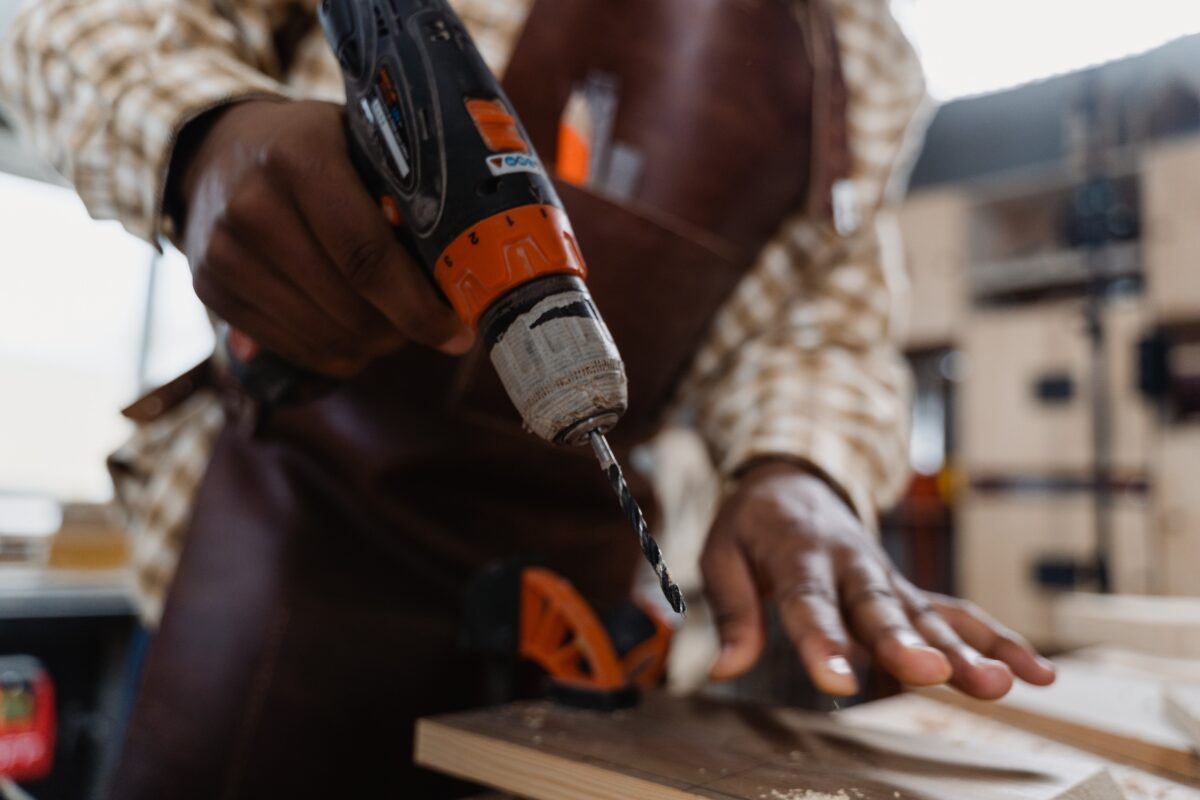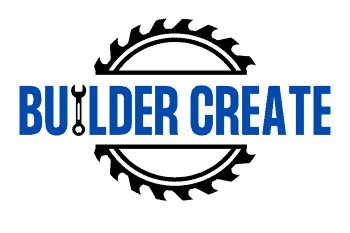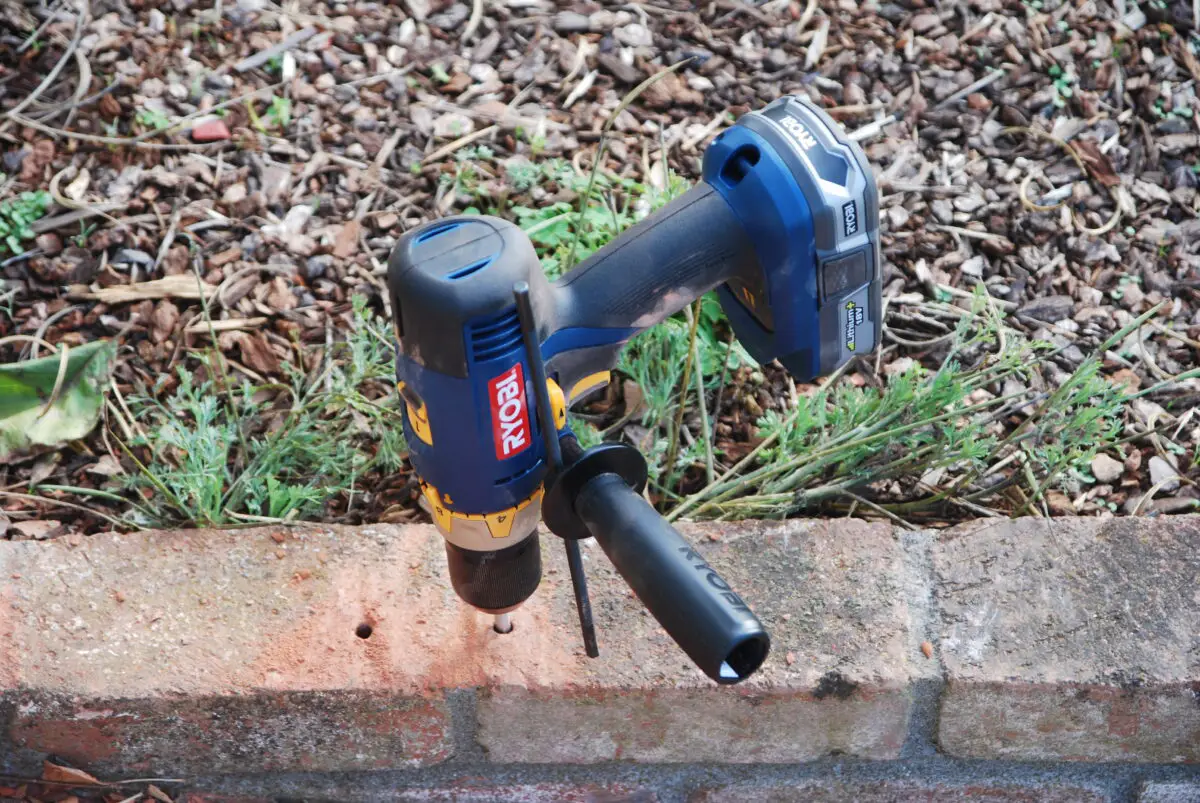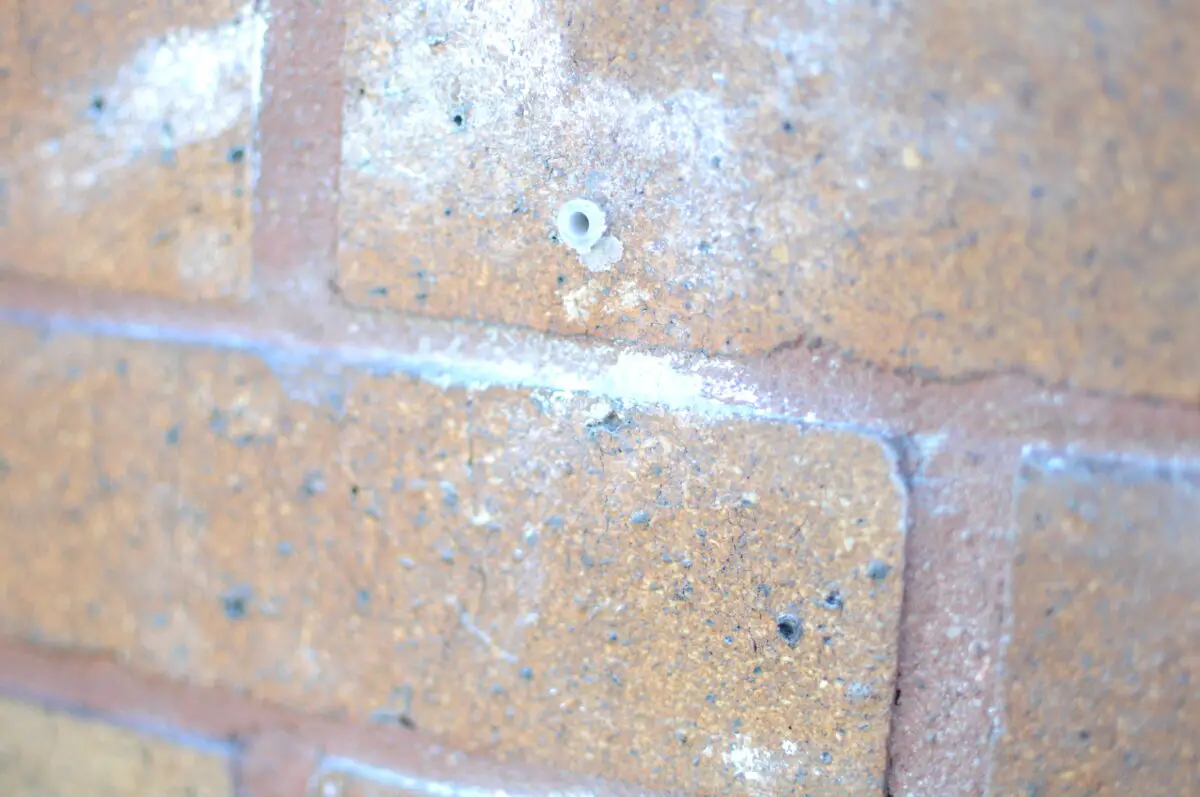As a homeowner, I have cracked bricks and injured my wrist from using the wrong drill bit. Trying to drill into a brick with a standard twist bit leads to chipped bricks and a damaged drill. That is a problem faced by all do-it-yourself enthusiasts and homeowners.
So, what drill bit to use for brick? Coming from thorough research and years of practice, I am going to guide you on the best brick-specific bits to utilize.
Contents
What Drill Bit to Use for Brick?
Masonry, carbide-tipped, and diamond-grit bits are ideal for frequent drilling. For occasional jobs, a high-speed steel bit will get the work done. Diamond-grit bits are perfect for most types of bricks, whereas hammer drill bits are suitable for tough bricks. If you plan to drill copper or aluminum, there are particular drill bits to use for metals.
When selecting a brick bit, I typically consider factors like your budget, the hardness of the masonry, and how frequently you plan to use it. Proper bit selection and the use of a hammer drill will bore brick and other masonry much easier.
Selecting the Best Brick Bit
When undertaking brickwork projects around the home, having the right bits for concrete is crucial. An essential tool for drilling into brick is a masonry bit. Here is an overview of the main types of brick bits and their key features.
- Carbide-tipped bit: Carbide is an extremely hard and durable material. This is why I prefer using carbide tips because these can withstand the heat and pressure created while drilling through brick. They are also incredibly sharp, which aids in their penetration of the brick’s hard surface.
- Masonry and diamond-grit bit: These long-lasting bits can bore through very hard materials. They have a cutting edge made of diamond shards, the hardest natural material on Earth. Masonry drill bit also has the ideal size for drilling the ring doorbell.
- High-speed steel bit: Despite being made from high-speed steel alloy, a high-speed steel bit is a budget-friendly option for occasional drilling into brick. However, it wears out faster than carbide or diamond bits.
- Hammer drill bit: They are designed for hammer drills, combining rotation with hammering or impacts. This allows me to drill into very hard materials like concrete and masonry. It makes boring through masonry easier with its chisel or spline tip.
Bits topped with carbide cost more than masonry bits, yet they last longer and can drill through more rigid materials. Various tip designs for different applications. Diamond bits are costly, yet they are the best option for drilling through even the toughest materials.
Tips for Optimal Brick Drilling
Drilling into brick or other masonry can be tricky. Using the proper techniques will allow you to drill smooth, clean holes with less wear on your bits. Below are some tips to follow for optimal results when boring brick.
- Use a high-speed steel bit for clay bricks and sand-lime bricks, as their composition is the softest. Its ability to remain solid even under high temperatures makes it the perfect drill bit size for a valve stem.
- A masonry or carbide-tipped bit best suits concrete bricks and paver bricks. However, a general-purpose carbide-tipped masonry bit should work well for drilling into almost any type of brick.
- Use an impact drill with a diamond-grit bit for fire and engineering bricks, usually the densest and strongest ones.
- Run the drill at the recommended speed.
- Lubricate the bit and masonry surface with water or drilling lubricant to reduce friction and overheating. The diamond-grit bits can withstand the heat generated during drilling in highly refractory bricks.
- Start drilling slowly and increase speed once the hole is started.
- Apply firm pressure, yet do not push excessively hard on the drill.
- Back the drill out periodically to clear dust from the hole.
- Drill from both sides for deeper holes to meet in the middle.

I use these proper drilling techniques and brick bit selection to minimize wobbling and wandering of the bit while also increasing the life of the bit. Make sure to wear safety goggles when drilling overhead or into corners.
Related Questions
Are Concrete and Brick Drill Bits the Same?
Concrete and brick drill bits are different. Concrete ones are optimized for dense, hard concrete with carbide tips and wide flutes to clear debris. Meanwhile, brick ones have differently shaped carbide tips and shallower flutes designed for lower-density brick and masonry.
Can I Use a Regular Drill to Drill Into Brick?
While it is possible to use a regular drill to bore into brick, it is not recommended. They lack the durability to penetrate rigid blocks and masonry efficiently. For best results, utilize an impact drill with a hammer bit to break up the brick for faster drilling.
Why Can’t My Drill Go Through Brick?
A regular drill often struggles to bore through tough brick because it lacks the necessary hammering action and masonry bits. The brick’s abrasive texture wears standard bits, while insufficient pressure causes ineffective drilling. Using an impact drill with a carbide-tipped masonry bit provides impact and durability to penetrate brick.
Conclusion
You can tackle any brick drilling project with confidence and accuracy if you comprehend the many kinds of drill bits that are accessible and use the proper procedures. When selecting a brick bit, consider the size of the hole needed, the hammer drill power, and the hardness of the masonry.


